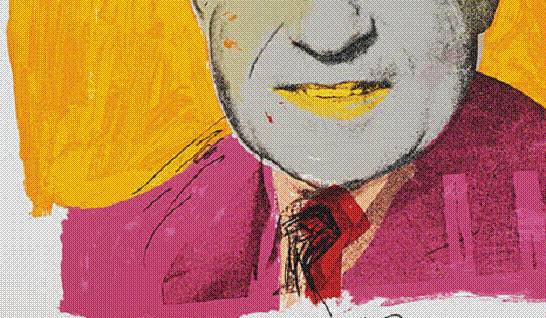Texture is an aspect of art that has evolved through time. One of the great transformations in texture came in the 1960s with the revolution of pop art led by Andy Warhol. Pop art ushered in a new era of more commercial fine art. The style is also distinctive in its use of unnatural and bright colors. However, while texture is usu
Along with the pop art movement, Warhol was first to popularize the screen printing process for fine art. The screen printing process dates back centuries and had been used widely for creating color advertisings since the late 1800s. Despite its wide use for commercial printing purposes, it had not been accepted by art collectors until big name artists like Warhol began creating fine artwork through the medium.
Warhol chose the screen printing process for fine art, known by then as serigraphy, because it allowed greater freedom for textures. Textures that could not be created through other methods could now be created through screen printing. Along with the pattern of the silk screen that was transferred onto the print, heavier types of ink could be used to create more opaque and solid textures.
A piece of art like Warhol’s “Nixon (Vote McGovern)” demonstrates the wide array of textures that could be incorporated into one work through the screen printing process. To counter the vibrant colors used, the textures help make the work look more realistic in some areas, and more manufactured in other areas.



